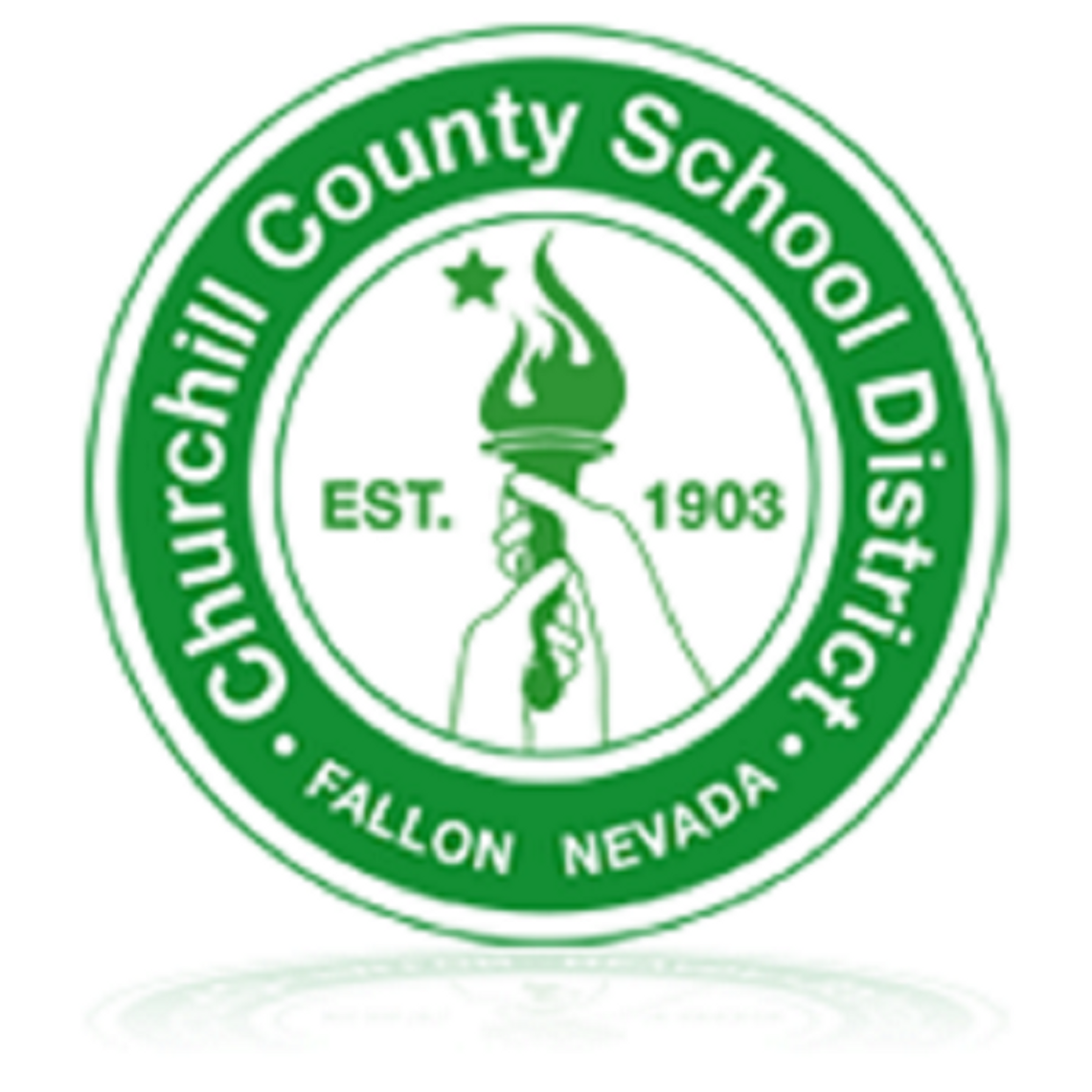The Budget Advisory Committee to the Churchill County School Board of Trustees met on Monday to discuss the school district budget for the 2021-22 school year.
Discussing the base budget, which Superintendent Summer Stephens explained moved the expenditures and revenues from last year forward, the goal of the meeting was to present a balanced budget to the Board on April 14.
Comptroller Christi Fielding reported on revenue projections that were effective March 15, saying there will still be adjustments to the budgeted $29,297,852. Total expenditures are projected to be $31,229,100 and will include increases in three strategic areas: step increases, PERS (Public Employees Retirement System) increases, and insurance increases that have been quoted at 8%. There is an anticipated increase from the federal CRRSA funds (Coronavirus Response and Relief Supplemental Appropriations) of $2,014,960, but that funding comes with restrictions and is still pending.
The projected revenue from the state's DSA (Distributive School Account) is estimated to be $14,556,213. Fielding explained that several budget items had previously been funded by outside sources, but in this budget the state has pulled these items into their DSA amount. These include $910,000 for class-size reduction, $203,000 for school resource offices, social workers in the amount of $150,000, $168,000 for Zoom, $27,000 Advanced Placement exams, as well as two block grants.
During the last board meeting, held March 24, Trustees identified four priority areas on which they intend to shape funding priorities for the FY 2022 budget: Increased math support, small class sizes, mental health support, and a restoration of music, art, and physical education (PE) at the elementary level.
In terms of staffing, a shift in the enrollment numbers has Lahontan Elementary adding a Kindergarten class and subtracting a first grade class. E.C. Best will lose two positions in each second and third grade class, and Numa Elementary will reduce one fourth grade class. Stephens suggested not doing reductions because doing so would leave class sizes at 26 students. “We saw better results at smaller class sizes and when we talk strategic goals, we want to get those classes down and we should prioritize the CRSSA funds to do that,” she said. The target for class sizes should be 18-20.”
Stephens asked the committee to break into a work session where members could record potential ideas focused around the top four priorities the board and then “share out” those ideas back to the group.
Trustee Carmen Schank shared her ideas regarding math, saying students who need help could stay on Fridays after students are released, reading interventions that included summer reading requirements, and creative use of facilities for specials (art, music, and PE). Rochanne Downs, Advisory Committee member, spoke on the importance of math and asked if the existing math programs needed to be kept. She also talked about the importance of mental health supports for students.
The NAS Fallon School Liaison Officer, Nicole Jullanant talked about leveraging the community partners and the Military Partners in Education program to bring active-duty personnel in to assist students.
Brenda Boone, the Inclusive Services Coordinator, suggested the importance of maintaining the two School Resource Officer (SRO) positions which are funded with a grant between the City of Fallon and the School District. “They have done a good job building relationships between all the schools and we could probably get away with cutting one of the security positions at the high school if we could maintain the two SROs.”
Stephens says that, “Any position in the district is something that could be considered as part of the budgeting process. The work at the committee was to generate ideas and begin to build on what is possible. We have much more conversation to have regarding the budget.
Earlier this year the board had directed Stephens to pursue information regarding contracting out transportation, maintenance, and custodial services. That process has been sidelined for the time being. “We took the Request For Proposal (RFP) process for contracted services off of the table at this time. Any and all costs, services, and positions will also be part of the budgeting process moving forward for the board's consideration as they work to balance the budget,” said Stephens.
The Budget Advisory Committee will meet at least two more times during the budgeting process. Stephens also asked for a small group of volunteers from the committee to assist in writing survey questions that will become part of the Stakeholder survey. “I would like us to focus on what we are keeping rather than on what we are cutting,” said Stephens.











































Comment
Comments